Great strides in ALS research 5 years after Ice Bucket Challenge broke the internet
The Ice Bucket Challenge helped raise over $220 million in only a few weeks.
There’s an old saying among motorcycle riders: Four wheels move the body, two wheels move the soul.
But two years ago, avid motorcycle rider Thurman Maynard sold his beloved bike after being diagnosed with ALS, a disease that had robbed him of his ability to ride.
Maynard, from West Hamlin, West Virginia, was 35 years old when he received his diagnosis in 2017. By then, he had realized he no longer had the strength in his left hand’s fingers to pull on the clutch or in his left leg to switch gears while riding his bike.
Watch the full story on "Nightline" TONIGHT at 12:35 a.m. ET on ABC
“I noticed that I was having issues with...holding onto the motorcycle,” he told “Nightline.” “It just kept on, it was like a snowball effect.”
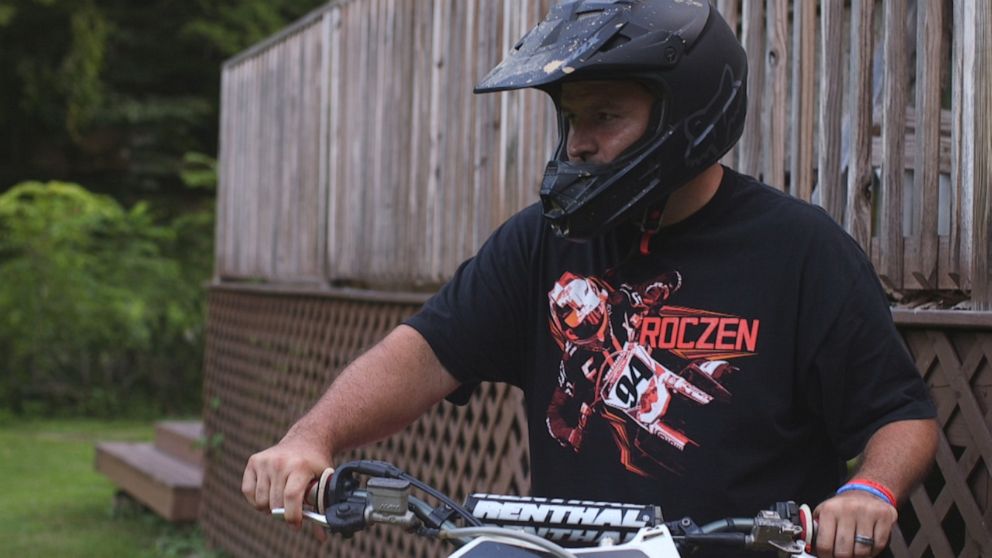
He was convinced he would never ride again, and he knew, eventually, this disease would impact his ability to walk, talk and even breathe.
ALS, also known as amyotrophic lateral sclerosis or Lou Gehrig’s disease, is a group of neurological diseases that mainly affects nerve cells responsible for controlling voluntary movements, such as walking, chewing and talking, according to the National Institutes of Health.
Maynard wasn’t ready to give up, though. When his doctor estimated that he had about two to five years left to live, he said he’d already made up his mind that he was going to prove his doctor wrong. “I’m a fighter,” he said. “I’d rather do whatever I’ve got to do to stay strong.”
He was one of the few patients eligible and selected to participate in a phase 3 clinical trial, called the NurOwn trial, currently being conducted at Massachusetts General Hospital in Boston.
Maynard travels the 800 miles to Mass General every few weeks to receive the stem cell injections — or so he hopes. The clinical trial is double-blind, randomized and placebo-controlled, meaning that neither the patients nor the scientists involved in the trial know who is taking the actual treatment and who is taking a placebo. Dozens of previous stem cell trials for ALS have failed, but Maynard's has gone the furthest.
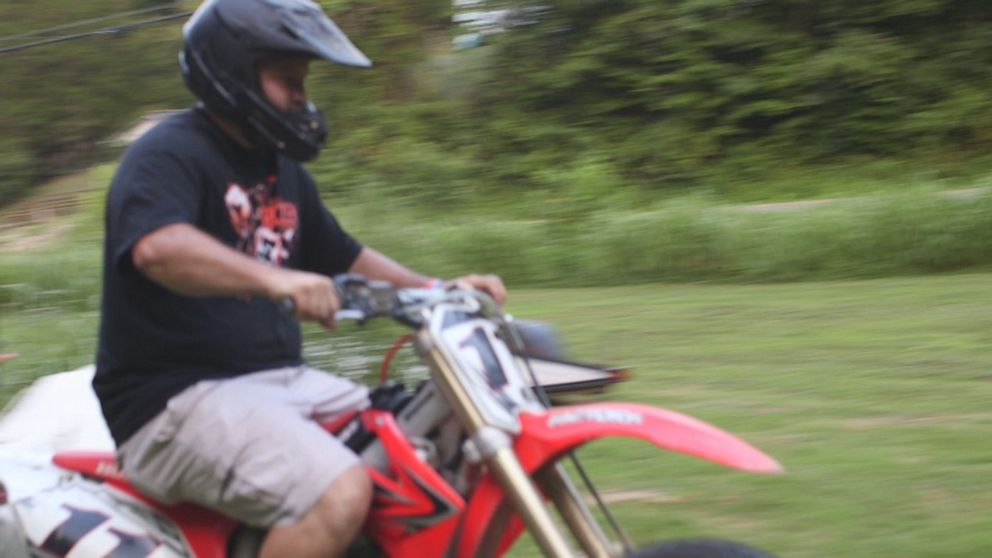
The research that has contributed to Maynard's potentially life-changing therapy has changed dramatically since five years ago, when the grim reality of ALS was pushed into the spotlight with the help of the Ice Bucket Challenge in 2014. Videos went viral showing millions of people pouring ice-cold water over themselves and then nominating others to do the same in an effort to raise awareness and fund research into the neurodegenerative disease.
There is no cure for ALS, but today, thanks to the campaign, which raised over $220 million in a matter of weeks and brought scientists and attention to the disease, there are dozens of potential drugs being developed to treat the disease as well as potentially groundbreaking clinical trials currently underway, including some involving stem cell treatments and gene therapy.
Hundreds of people gathered in Boston last month to celebrate the fifth anniversary of the challenge, including the man who helped launch it into a global phenomenon, Pete Frates. A former baseball player for Boston College, Frates had just returned from a brief stint playing pro baseball overseas when he began noticing the first symptoms of ALS. He was 27 years old.
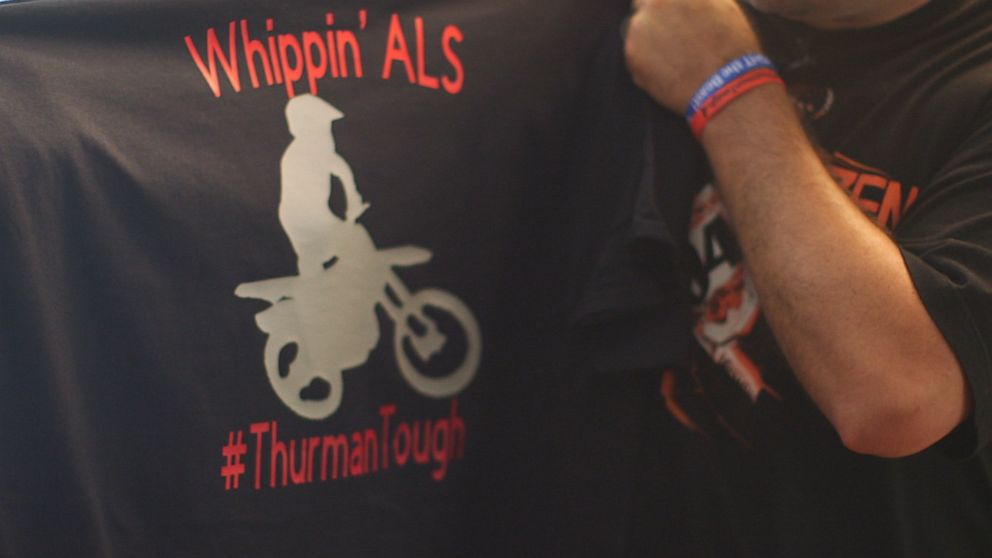
When Frates received his diagnosis, his neurologist, Dr. Merit Cudkowicz, said, “Pete, I don’t know how to tell a 27-year-old guy, it’s ALS,” his father, John Frates, told “Nightline,” adding that his son asked Cudkowicz, “How much is it gonna take to cure this thing?”
“I literally just said, ‘a billion,’” Cudkowicz told “Nightline.” “And he said, ‘You know, we’re gonna raise that money for you. We’re gonna...make a difference in this illness.”
Frates kept his promise; he made a difference even though he didn't raise as much money as he said he would.
After being nominated by other friends to participate, Frates recorded the Ice Bucket Challenge and then tapped into his network of professional athletes, including Julian Edelman, wide receiver for the New England Patriots, and quarterback Matt Ryan of the Atlanta Falcons. The challenge went viral, with millions of people uploading videos, including celebrities like Oprah Winfrey, Justin Bieber and Lady Gaga.
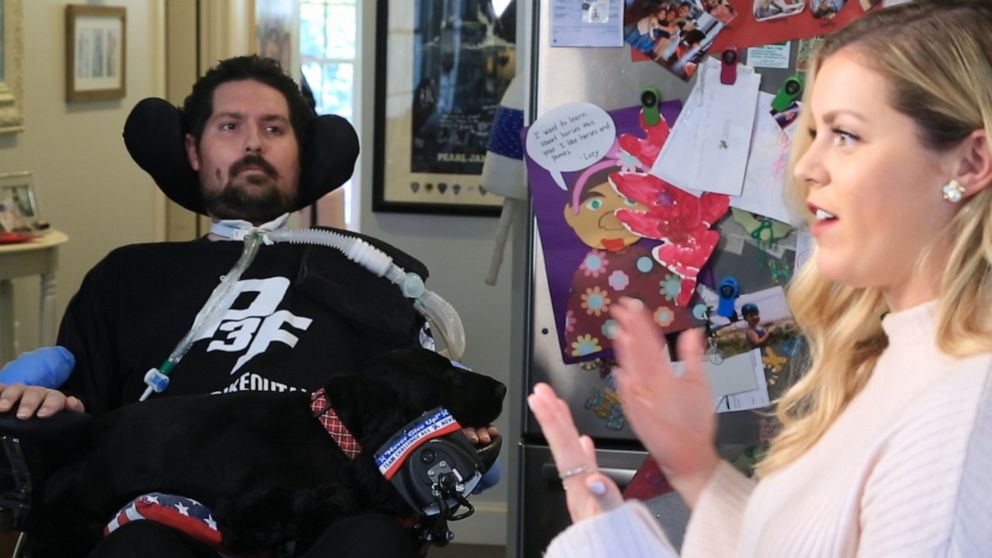
The money raised for ALS research has helped people like Sarah Olsen, a former undercover cop for the Kansas City Police Department in Kansas City, Missouri, who had also played baseball and competed in bodybuilding. She was diagnosed with ALS in May 2018 at 29 years old, one year after she first began losing strength in her left leg and started feeling persistent leg twitches. A combination of prolonged twitching and one-sided muscle weakness can be a sign of ALS.
Olsen is currently taking Radicava, which became the second treatment to be approved for people with ALS in May 2017. Radicava is an intravenous treatment that has been shown to slow down the progression of ALS by as much as 30% in some patients.
Just like Frates, Olsen is facing the disease head-on. Olsen said that when her mother first heard about her diagnosis, she gave her mother five minutes to be sad before it was time to look toward figuring it out and working through it.
Olsen says the drug has helped her, even if it’s only added several months to her life. “Because of Pete, I have a chance,” she said.
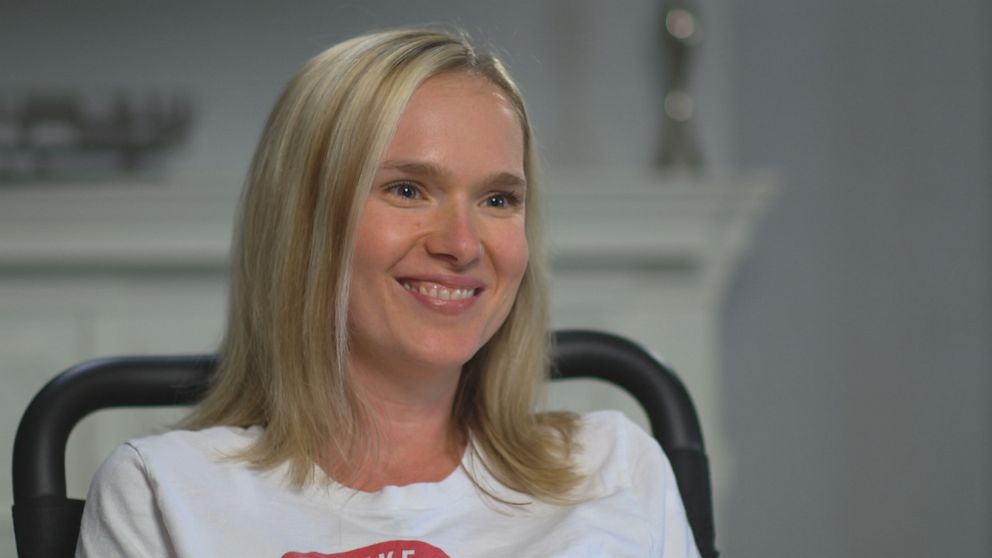
“In the past year-and-a-half, things have changed,” Olsen continued. “I still have use of my arms, my hands [and] my voice has not changed. It’s quieter but things could be a lot worse.”
But due to the quick progression of her disease and her reliance on a breathing machine, Olsen was unable to qualify for the NurOwn trial Maynard is taking part in.
Out of 30,000 current ALS patients in the U.S., only 150 were enrolled in the phase 3 trial as of May 2019.
As for Maynard, he said he’s feeling a lot better.
“I feel strength back in my body, of course, my left hand,” he said. “I told the doctor, I said, ‘If you’re injecting water in my spine...continue...because the way I feel, I feel great.’”
He feels so great, in fact, that he’s able to complete tasks that had previously become difficult or impossible to accomplish because of ALS. He can climb stairs with more strength and open water bottles, something that he said required two hands at times. But perhaps most significantly, Maynard is able to get back on a motorcycle again.
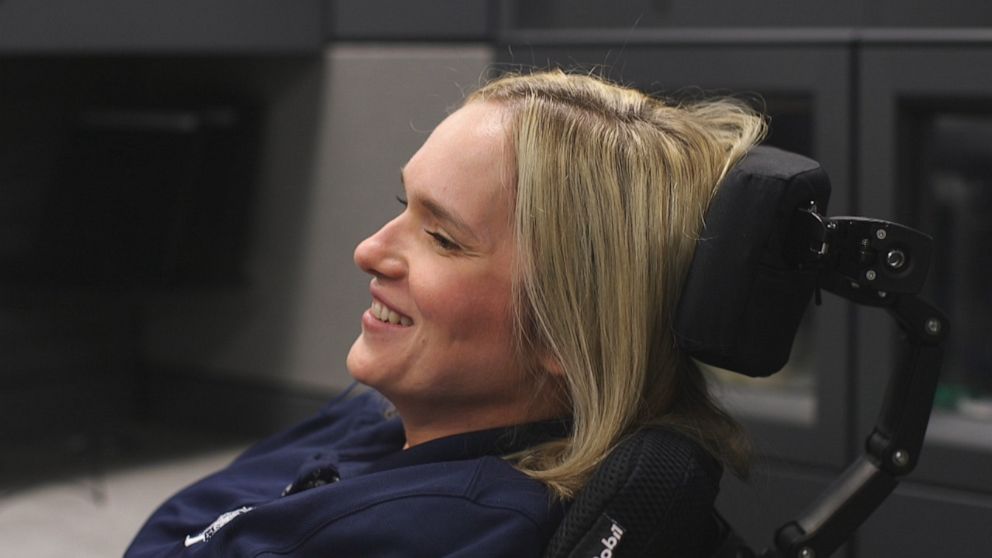
Hopping on a friend's motorcycle, he said riding a bike again felt “almost like you’re a newborn baby. … I never thought I would have this moment right here ever again.”
“Whatever they’re injecting in me, if it’s going to keep improving like this, they can keep injecting me, because, I mean, it’s gotta be working,” Maynard said. “It’s not fooling me after today. It’s not fooling me...whatever they want to say... If it’s [a] placebo, it’s working, it’s great. Hey, inject it again, because it’s working.”
Maynard’s trial will end in a year, at which point researchers say they'll have had enough time to know if the trial was successful. Nevertheless, the trial is only one component of all the research that is now going into ALS treatments, and it’s because of the millions of people who decided, in the summer of 2014, to dump a bucket of water over their heads.
To that, Olsen said, “Thank you. Thank you for being a part of it. Thank you for raising all that money.”




